Affiliate links on Android Authority may earn us a commission. Learn more.
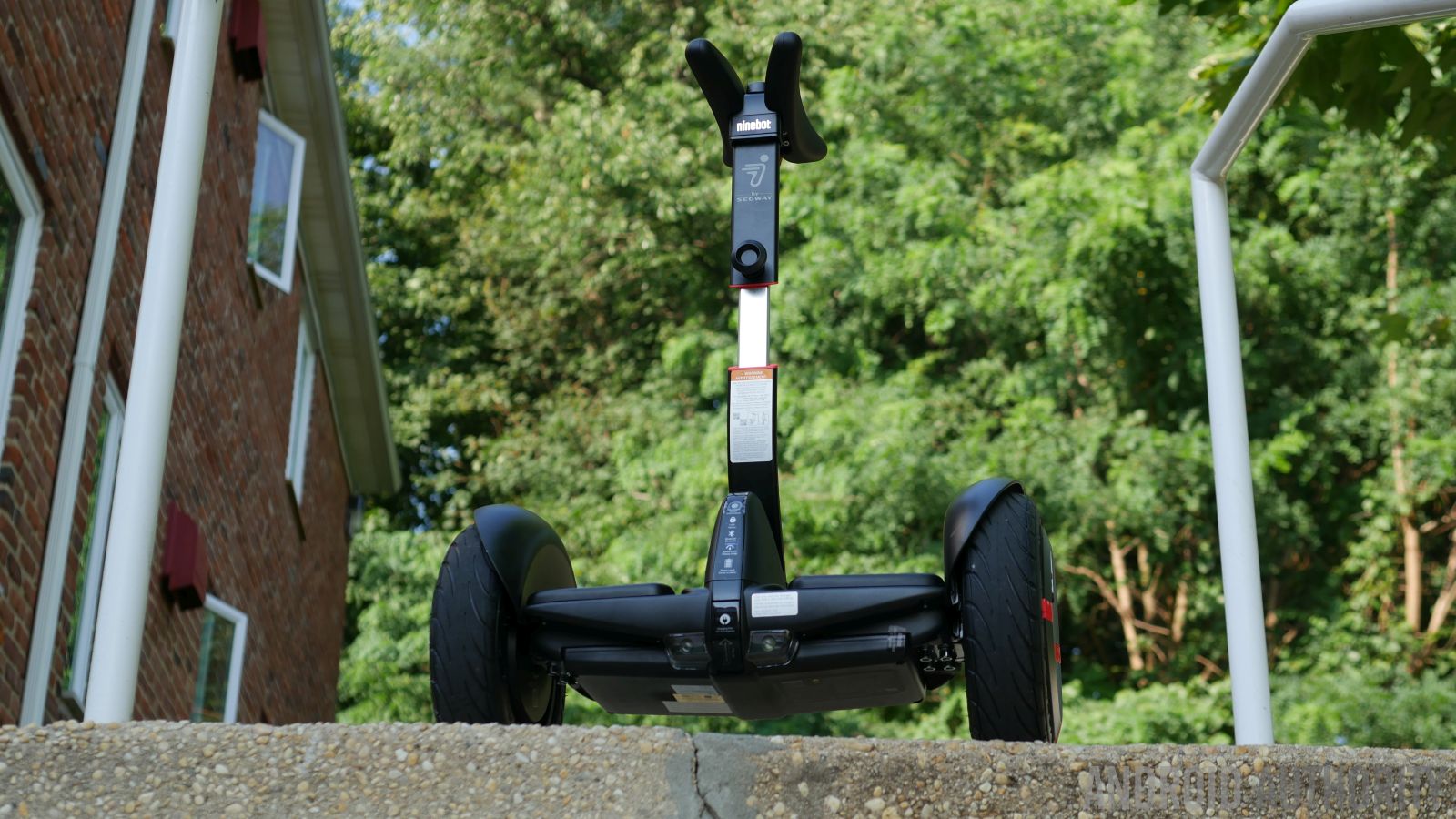
Segway miniPRO by Ninebot Review
Published onJuly 25, 2016
Ninebot Segway miniPRO
What we like
What we don't like
Our scores
Ninebot Segway miniPRO
Walking on our own two feet just isn’t enough anymore for some people, there now needs to be some style behind the process – or else you’ll look very much like everyone else, exerting energy into it. While some don’t mind it all, others however are finding alternative forms of personal transportation. Over the most recent holiday season, so-called “hoverboards” roared unexpectedly onto the scene and became highly coveted amongst gift hunters, garnering huge sales in the process. Despite the sales surge, controversies surrounding safety recalls and the banning of its use in certain places, seemingly killed the hoverboard’s potential.

Long time connoisseur in personal transportation, Segway, believes that a better alternative will be achieved by the company’s latest, consumer-centric transportation vehicle in the Segway miniPRO by Ninebot. Given Segway’s history and reputation, the miniPRO is clearly distancing itself from being associated with hoverboards in general, as there’s no mention of it being one at all. Instead, Segway is selling it as being a “smart self balancing personal transporter.” This Bluetooth enabled personal transporter can be controlled via your Android smartphone, in addition to delivering vital information about its operation.
Slapped with an MSRP of $1300, it might be regarded as a pricey investment at first, but considering that commercial Segways start at $5,000 at the very minimum, the miniPRO’s cost is definitely easier on the pockets. Is it really worth getting though and is this the future of personal transportation tech?
Design
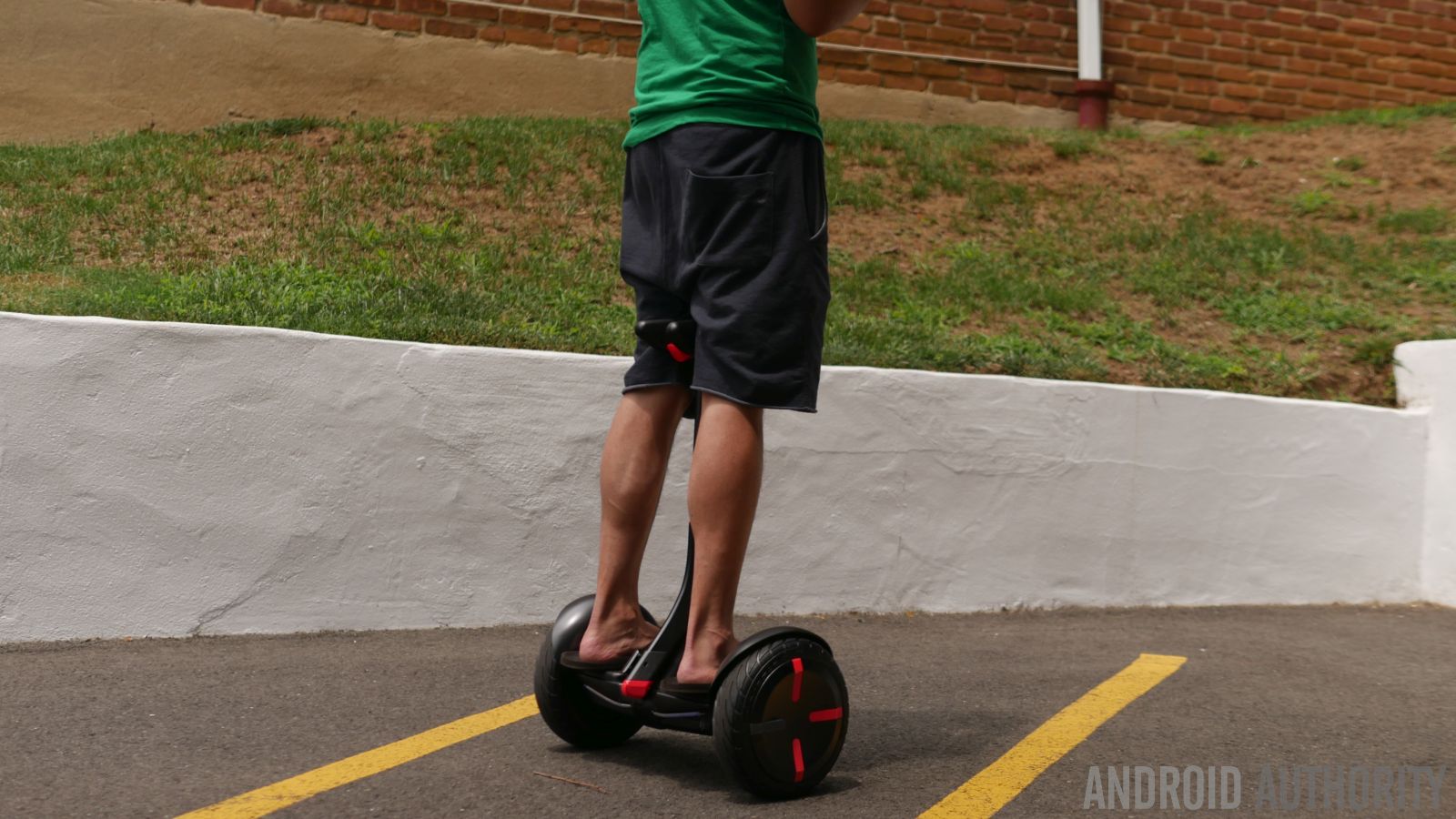
First and foremost, the Segway miniPRO is a beast in terms of its size and puts to shame how those aforementioned “hoverboards” are built. Right away after taking out of the packaging, it’s tough to overlook the sense of solidness that accompanies its construction and design – one that favors an aggressive styling with its mostly dark black paint job. Meanwhile, the red accents found throughout the body help to exemplify its aggressiveness even more, making those hoverboards appear kiddy by comparison.
[related_videos title=”Top phones of 2016:” align=”center” type=”custom” videos=”705052,704852,698369,686764,684693,679646″]Even though it shares the same foundation as most hoverboards, where it’s essentially a base held together by two 10.5” pneumatic, air-filled tires, which in this case are military-grade shock resistant and durable, the miniPRO is differentiated by a center column that controls its left/right steering by swaying your knees towards the corresponding direction. Again, there’s that sense of meticulousness with its design, as it incorporates an abundant set of LEDs and indicators on the platform to provide lighting while it’s on operation and relevant vehicle diagnostics without having to rely on the app – they include things like the battery level, speed limit, and Bluetooth connectivity indicators.
This isn’t a dainty, hastily put together contraption, like some of those unbranded hoverboards you might find sold at grocery stores. Building on top of its existing reputation in the business, Segway’s devotion in designing a personal transporter for the masses is evident here with the miniPRO’s outstanding design.
Balancing & Movement
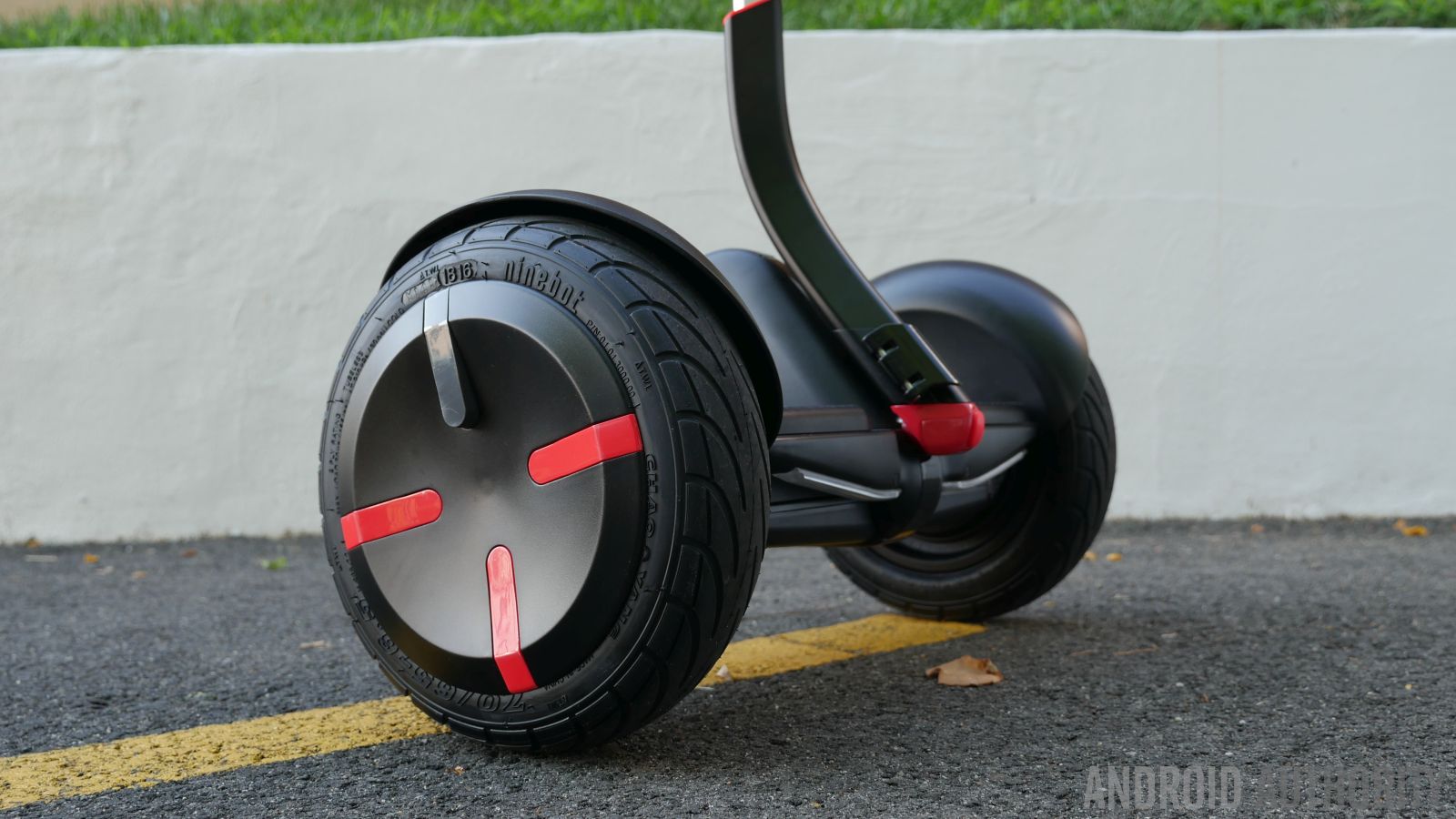
Anyone who has experience in riding a hoverboard will undoubtedly have an easier time adjusting to the Segway miniPRO’s operation, seeing that its steering implementation is similar to a certain degree. Forward/backward movement is done in similar fashion by balancing yourself on the board and either leaning towards the appropriate direction. Of course, leaning a little bit makes the miniPRO move slowly, but leaning a lot will naturally make you move quicker. The skill in balancing on the Segway miniPRO might be difficult to newcomers who’ve never used a hoverboard, but once mastered, getting on/off and movement becomes second nature – it’s just finding that sweet spot with your center of gravity.
What’s different, though, is the center column that rests over the knees for left/right steering. This particularly implementation isn’t just safer for the rider, but also more logical because it aids in the balancing. In comparison, typical hoverboards rely on opposing foot tilting, wherein a left turn is done by tilting you left food forward and your right one backwards, which we feel is a more clumsy way of executing it – more so when you’re already trying to keep steady on the board. This implementation is what sets this apart from other personal transporters.

Admittedly, navigating around on the miniPRO was a breeze, even on some steep inclines. With a maximum weight limit of 220lbs, we’re able to safely traverse terrains without any issues, including some uneven areas. However, it’s best to take these types of terrains with caution, since going through them at faster speeds is a cause for some unbalancing.
We only had one minor altercation riding the Segway miniPRO, which relates to one incident when we got off it, but our shirt got caught towards the end of the center column – causing the unit to steer towards one direction, as well as the wheels grazing the bottom of our ankle.
Is it a practical form of personal transportation?
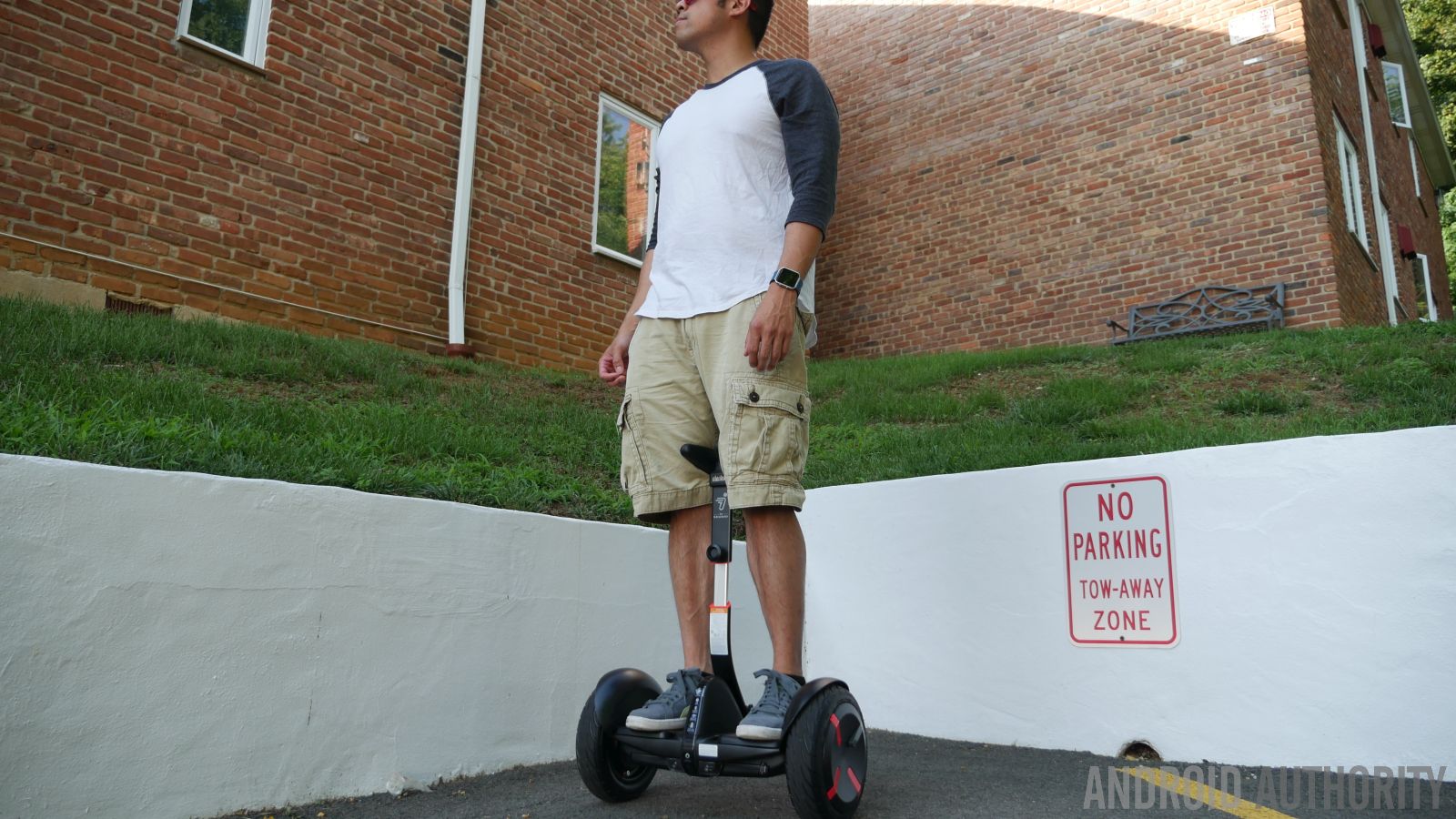
Size-wise, the Segway miniPRO offers personal transportation in a package that’s considerably less than your ordinary bicycle, but still bulkier and heavier than a skateboard or scooter. With a top speed of 10 mph and a range of 14 miles, the miniPRO clearly has some advantage over other manual forms of personal transportation, but we wouldn’t recommend lugging around a heavy backpack or other gear while using it. Instability alone, especially at higher speeds, is something we’re afraid of happening in the process. Even by ourselves, we still feel leery about pushing it to its maximum speed limit.
Using it to travel short distances is fine, say somewhere around one or two miles, but bear in mind that factors such as weight, terrain, and the incline will play a role in depleting its battery faster. Speaking of battery life, it might not have gotten close to its rated range of 14 miles from a full charge, but given out weight and whatnot, our 6 miles of usage isn’t too shabby at all. And when it comes to recharging it, the included wall adapter plugs into the port on the front section of the miniPRO, taking upwards of around 4 hours to completely charge.
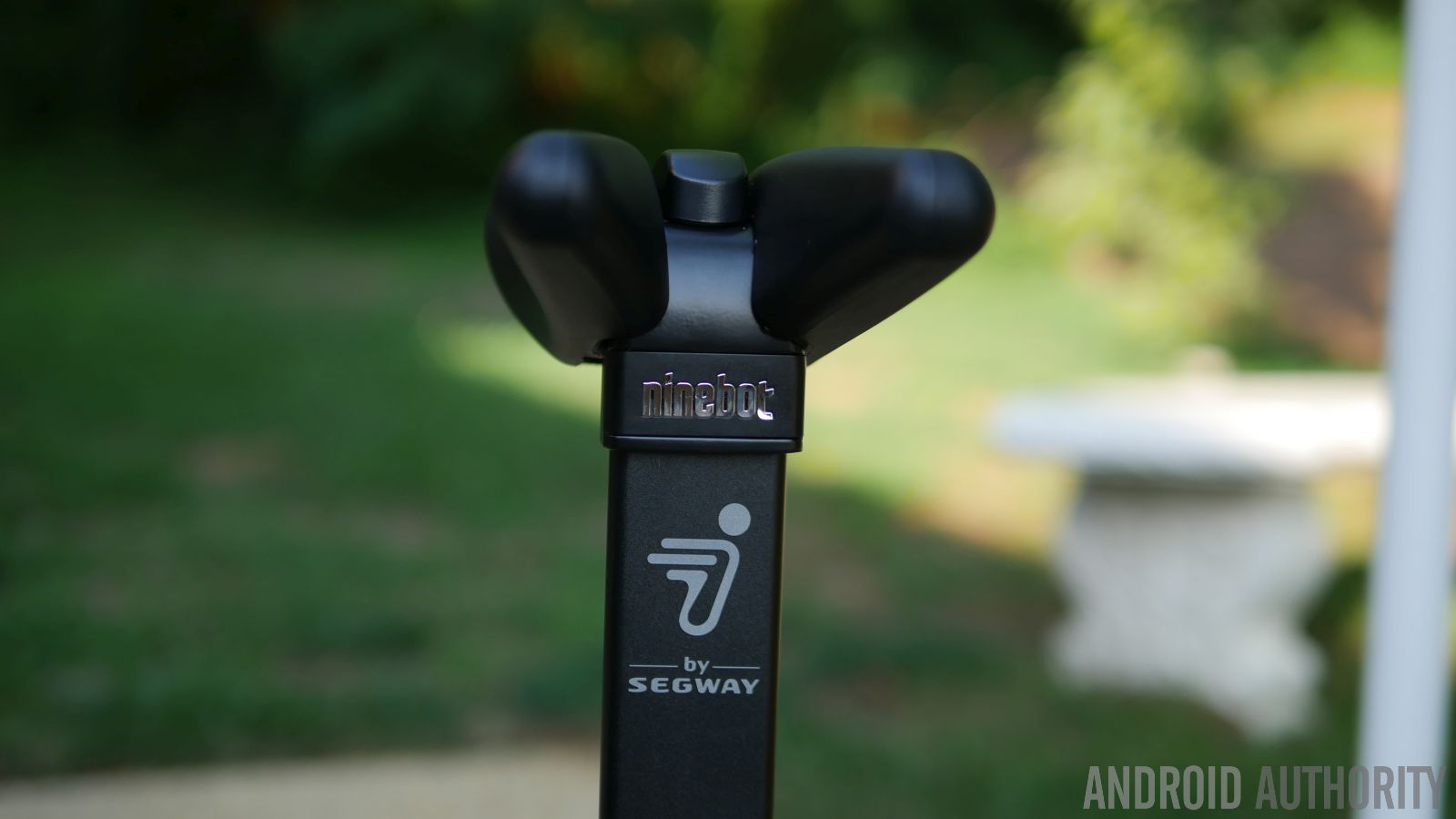
The premise of the Segway miniPRO is alluring, a personal transporter that gets you from point A to point B in style. At the same time, though, its heavy weight (28 lbs) makes it almost impractical to bring along on the subway – you’ll be exerting more energy just lugging it around and carrying up stairs. Yes, there’s a steering guide at the top of the column that extends that allows us to pull the miniPRO, but it’s still a lot of work bringing it around. In fact, it’s just as heavy as some entry-level folding bikes.
Ninebot app
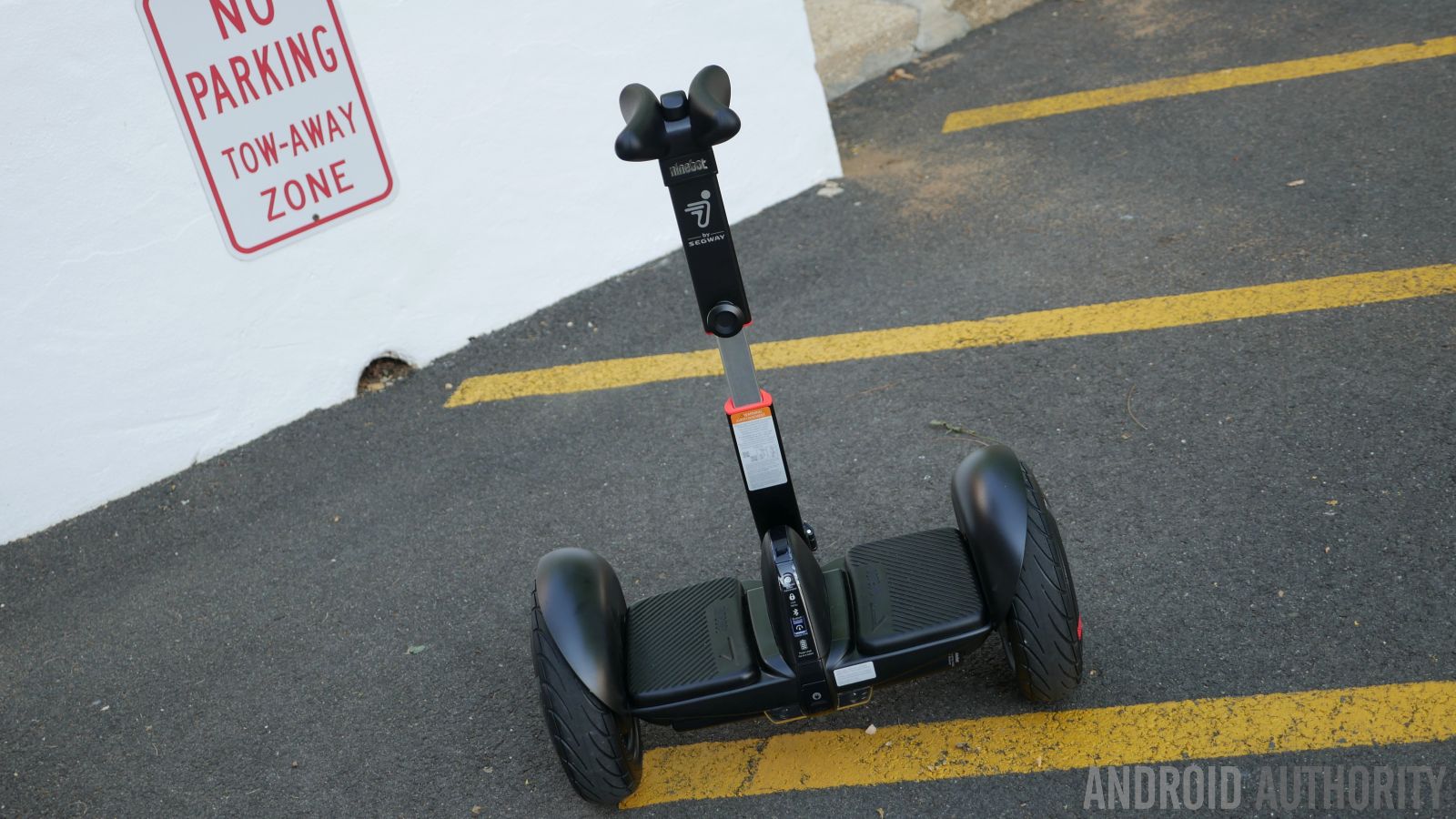
When it comes to its smartphone integration, the Bluetooth connection paired with the Ninebot app for Android allows us to do a host of things, ranging from customizing the LED lights, calibrating the unit, obtaining diagnostics information, and even remotely controlling it with the app. You can guide the miniPRO using the on-screen controls with the app, allowing for all the same movements available to us as if we were actually riding it. Remotely controlling is neat, obviously, but the only limitation here is the reach of the Bluetooth connection.
And as for security, the anti-theft security alarm feature is only available when the miniPRO is on and connected via Bluetooth to our connected Android smartphone – a Samsung Galaxy S7 in this case. When it’s enabled, the miniPRO will vibrate a little and flash some of its LEDs in the event it’s disturbed, as well as informing us via the app if it’s been moved or touched
Unfortunately, there’s no way to have this feature enabled without having the Segway miniPRO turned on. Add to that, the whole security feature is rendered useless because you need to have it turned on and connected via Bluetooth for it to work properly. If we’re to grab a quick coffee from a store and leave the miniPRO outside, someone could very well snag it quickly and be a good distance away by the time we realize that the Bluetooth connection was severed.
Gallery
Conclusion
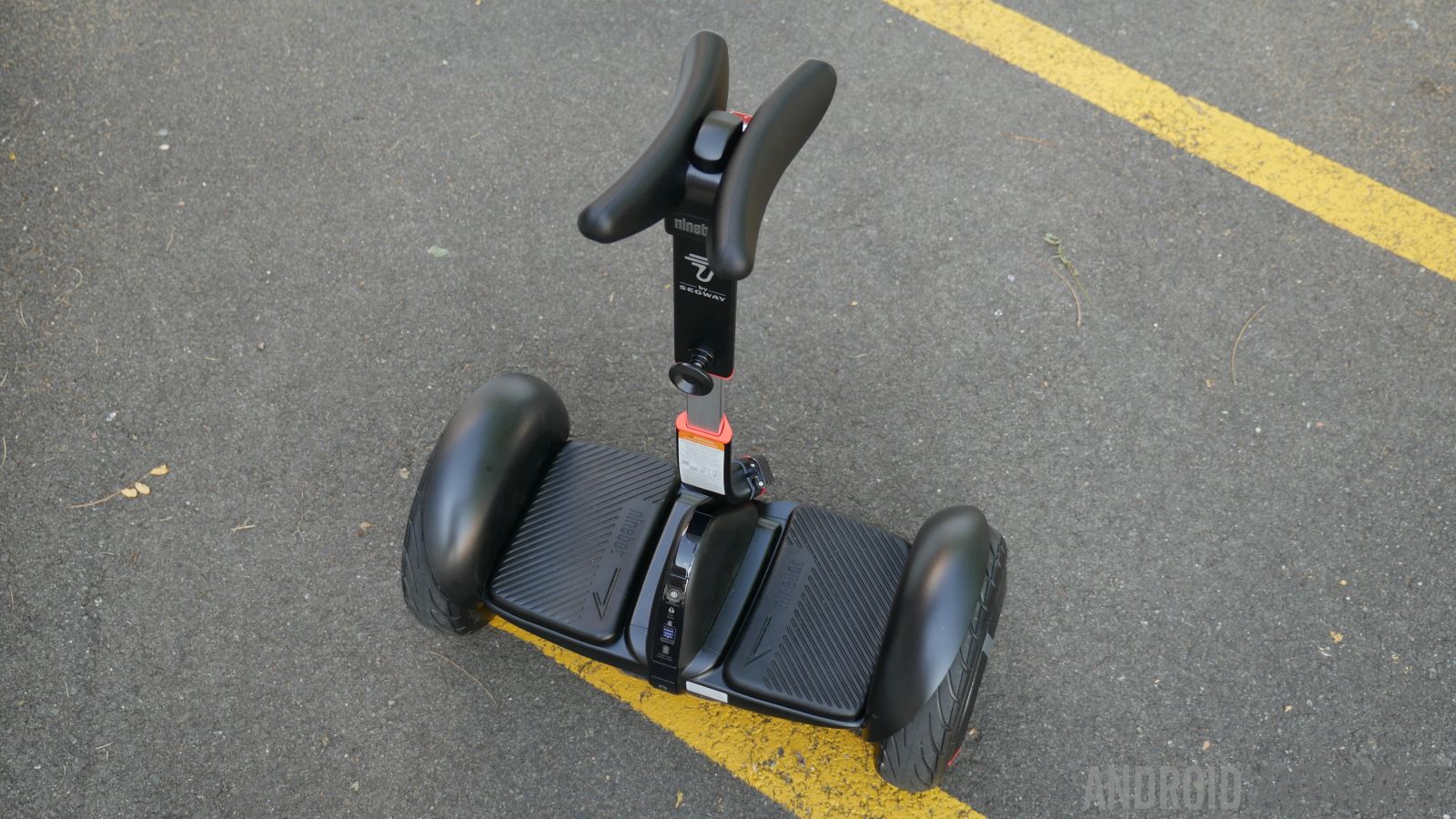
The promise of being the next step in the evolution of personal transportation is strongly evident with the Segway miniPRO by Ninebot, since its implementation is something we feel as being far more logical than the typical hoverboard. From its meticulous design, stylish flavor, smooth operation, and smartphone integration, it seems like the personal transporter that we’ve all been waiting for. Accompanied with the established reputation of the name Segway, the miniPRO seems like it’s on its way to success, right?
Now that’s a loaded question to answer, even for us, given that its sticker tag of $1300 will make it a difficult proposition for garnering widespread adoption. Over at Amazon, its price has been lowered to make it $1000, but it’s still a pricey investment for people to justify purchasing over other alternatives. Indeed, it’s a pretty cool gadget that’ll make your friends jealous, and it’s also more affordable than most commercial Segways. At the end of the day, however, it’s just too much of an expensive investment to spur adoption on a mass scale.
And herein lies the biggest issue; just like with smartphones, the tech surrounding personal transportation devices has improved dramatically but, rather crucially, battery technology has progressed at a slower rate.
For half the cost, alternatives like a decent folding bike or electric scooter, will offer more versatility for those who really need to cover distances. And of course, bikes and scooters only have to rely on the energy level of its rider – whereas the Segway miniPRO won’t be much of a help when its battery is depleted. And herein lies the biggest issue; just like with smartphones, the tech surrounding personal transportation devices has improved dramatically but, rather crucially, battery technology has progressed at a slower rate. As far as the technology goes however, the Segway miniPRO is a lot more comfortable than alternatives like a hoverboard.
What do you think of the Segway miniPRO and would you buy one? Let us know your views down below!!